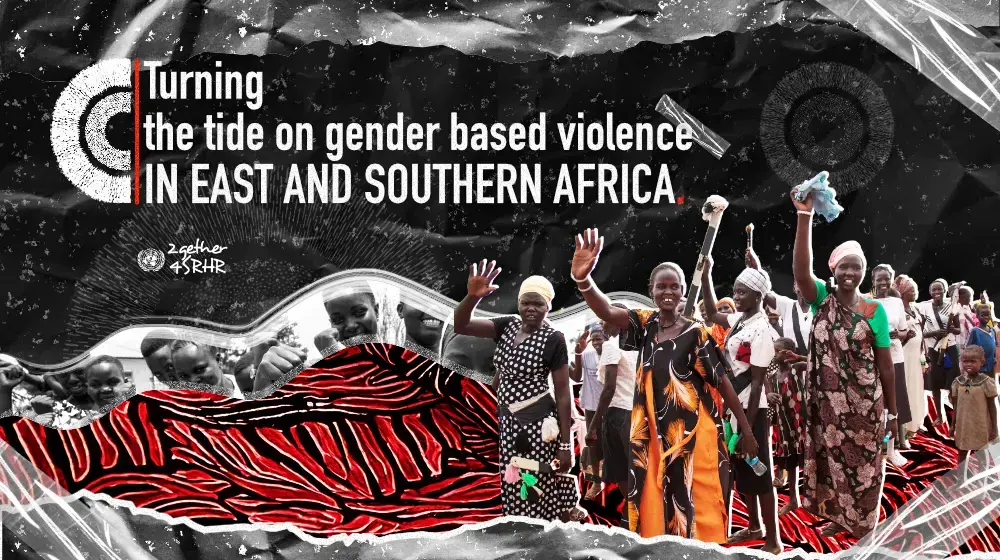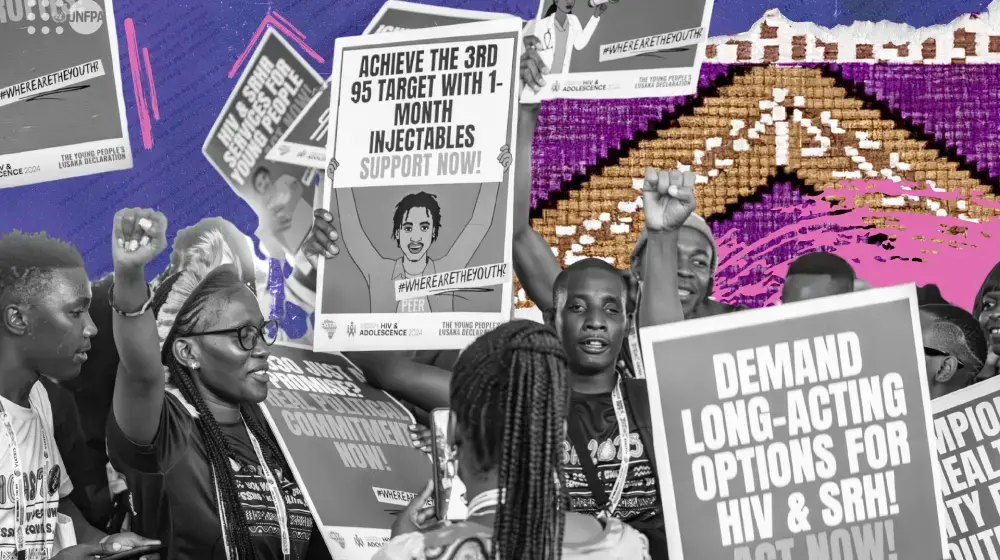Rooted in the spirit of UN reform and a commitment to Deliver as One, the new Joint Programme combines the strengths of the four UN agencies to support governments and other partners to deliver country-level and people-centered results.
It will achieve this through addressing the policy and legal barriers that prevent people from exercising their sexual and reproductive health and rights (SRHR). It will support governments to scale up and deliver quality, client-centered integrated HIV/SRHR and GBV services, and work to ensure that communities, including key populations, are empowered to exercise their rights, access services and adopt safer behaviours. It will support governments to strengthen data collection, quality, analysis and use to ensure that no one is left behind.
The Joint Programme recognizes that despite significant progress made, East and Southern Africa (ESA) remains the epicenter of new HIV infections, with high levels of unintended pregnancies and millions of women exposed to sexual and gender based violence. It promotes focused, urgent and committed action to propel the response so that the region achieves the Sustainable Development Goal (SDG) targets of universal access to SRHR, to end AIDS as a public health threat and to eliminate sexual and gender-based violence by 2030, ensuring that no one is left behind.
New HIV infections in the ESA region declined by 29 per cent – from over 1 million in 2010 to around 790,000 in 2016. However, even at the present rate, the region is unlikely achieve the target of reducing new infections by 90 per cent by 2030, without urgent and coordinated action at all levels. Four thousand (4000) adolescent girls and young women are infected with HIV each week, 44% of all births in the period 2010 – 2015, occurred amongst adolescent girls and young women. Pregnant adolescent girls and young women living with HIV face significant challenges to initiate and stay on ART treatment. Adolescent girls and young women risk being left behind unless the barriers to information, contraceptives and sexual and reproductive health services are removed.
Maternal mortality in the ESA region has declined by 56% - from 918 deaths per 100 000 live births in 1990 to 407 in 2015, a 3.6 per cent reduction per year. Lack of access to modern contraceptives to prevent unintended pregnancies, haemorraging, HIV & AIDS, high levels of unattended births, and poor postnatal care, continue to place the lives of many pregnant women at risk. Without serious action the region is unlikely to meet the SDG target of reducing maternal mortality to less than 70 per 100,000 live births.
Sexual violence committed by people other than intimate partners and intimate partner violence (IPV) are widespread in the region. In several countries, around one quarter of women have experienced physical violence at the hands of their partner in the past year. Sexual violence increases the risk of women having unintended pregnancies, STIs and HIV, yet many women do not have knowledge of nor access to emergency contraceptives, antibiotics and antiretrovirals (pre-exposure prophylaxis or PrEP). More must be done if the region is to achieve the SDG target of eliminating all forms of gender based violence.
The Programme will focus its efforts on five countries—Lesotho, Malawi, Uganda, Zambia and Zimbabwe . The lessons learnt from these five countries will be amplified and shared with other countries so that they can strengthen their responses.
Dr. Julitta Onabanjo, Regional Director, UNFPA ESARO
Dr. Catherine Sozi, Regional Director, UNAIDS RST-ESA
Ms. Leila Pakkala, Regional Director, UNICEF ESARO
Dr. Matshidiso Moeti, Regional Director, WHO-Afro
Mr. Dag Sundelin, Head of Regional SRHR-TEAM, Sida/Embassy of Sweden, Lusaka




